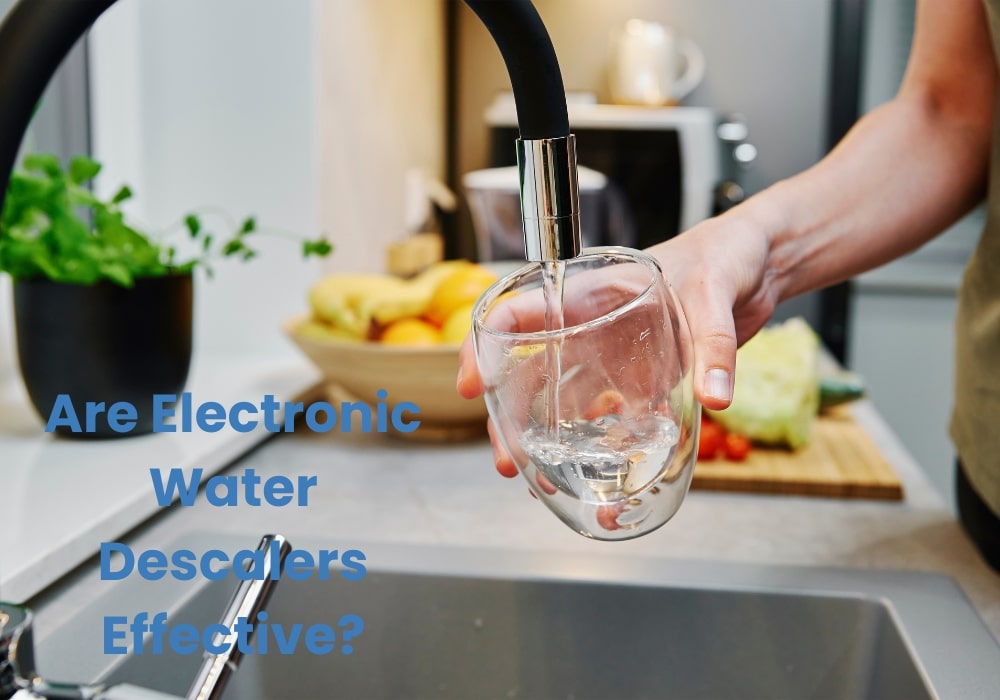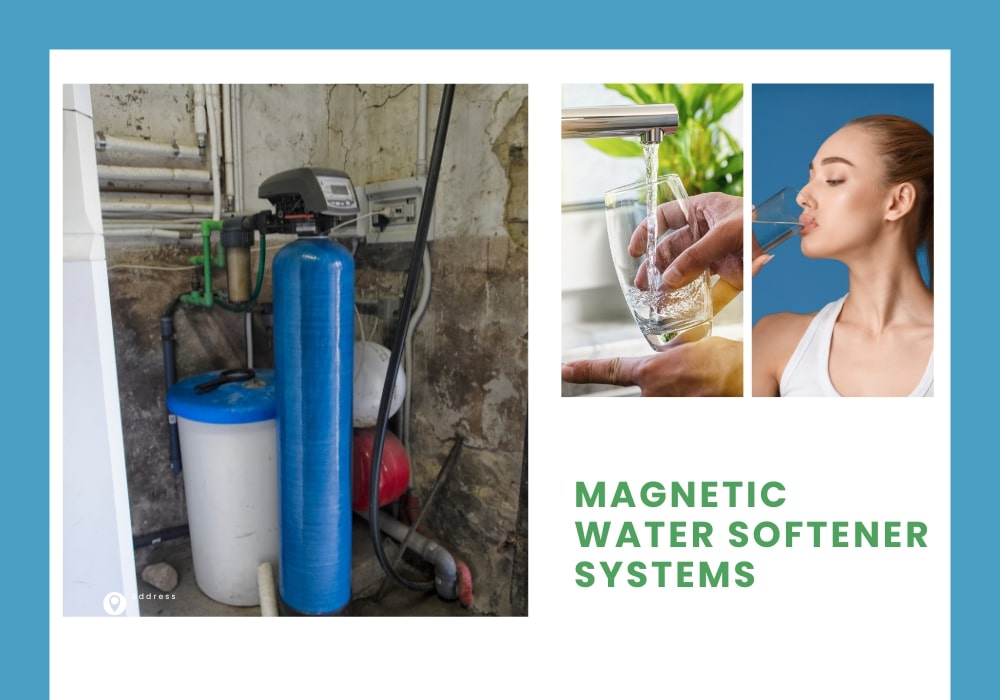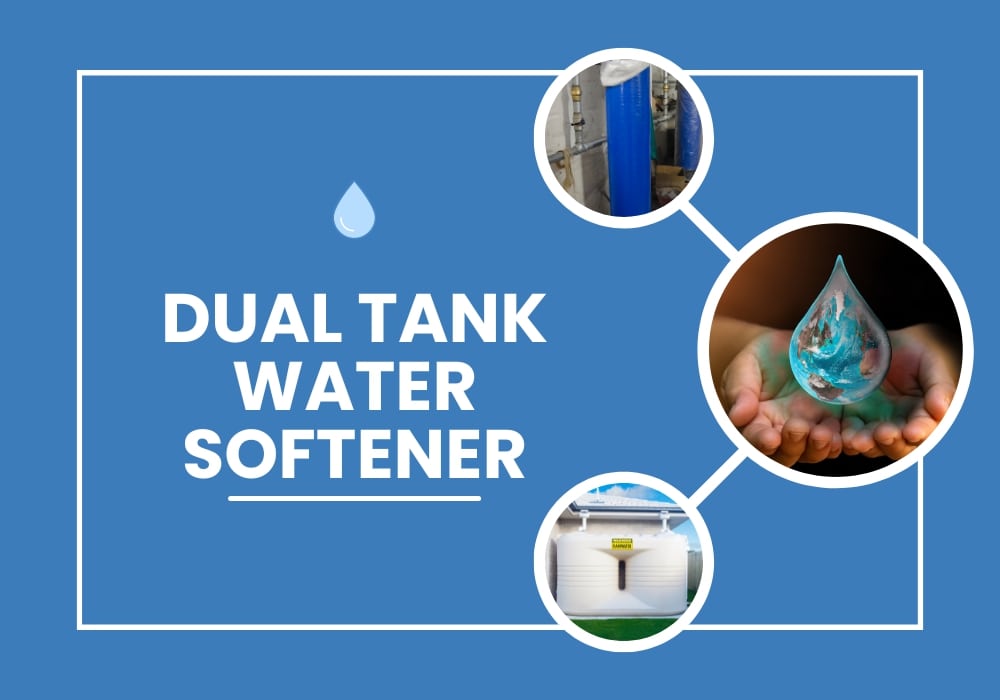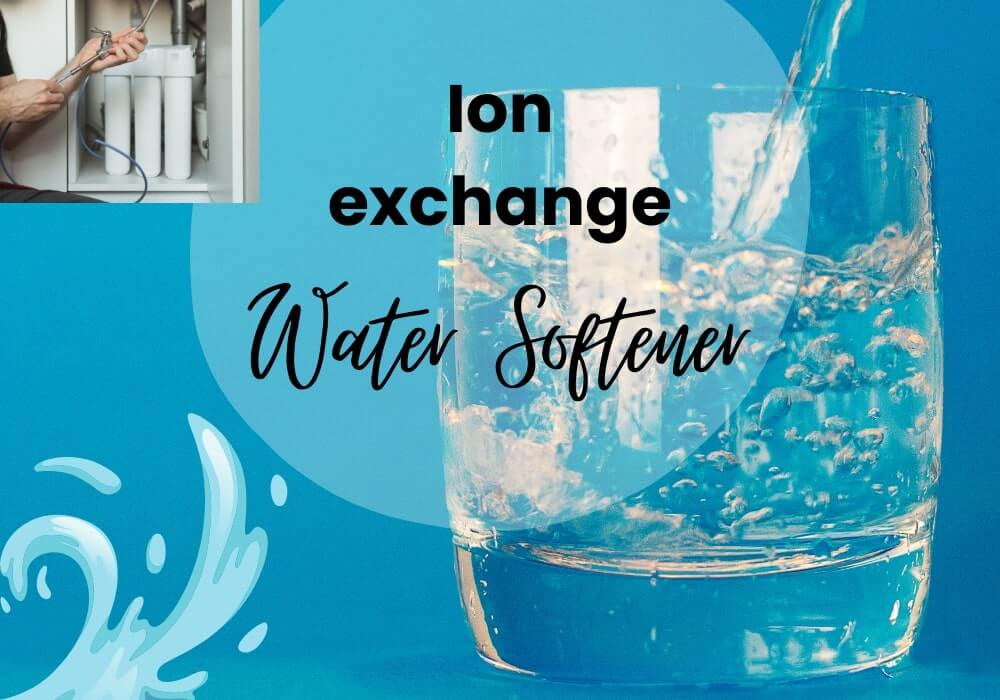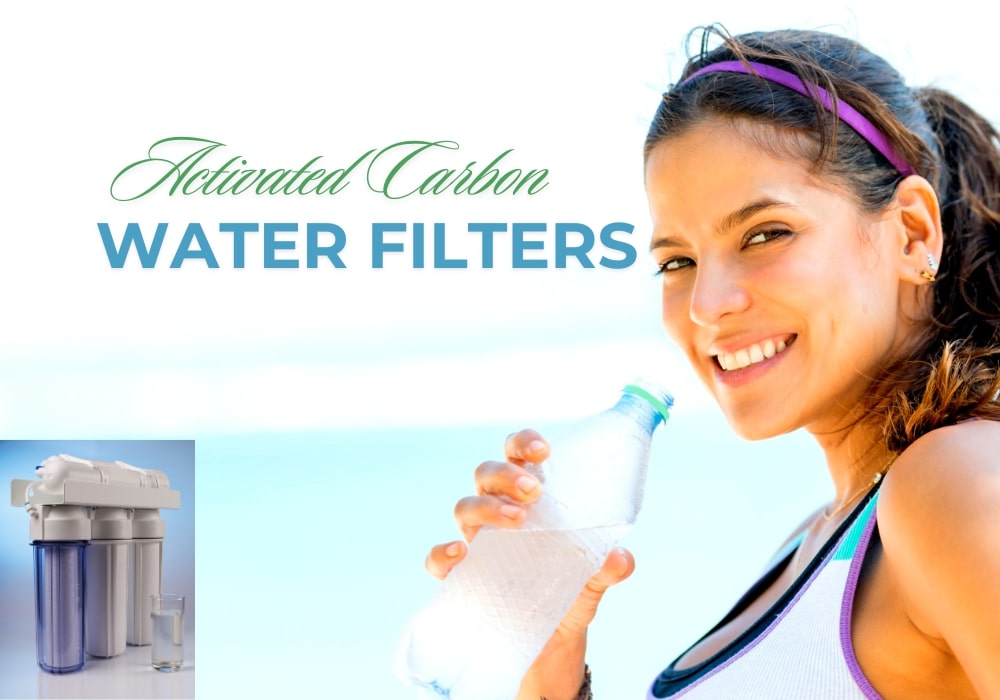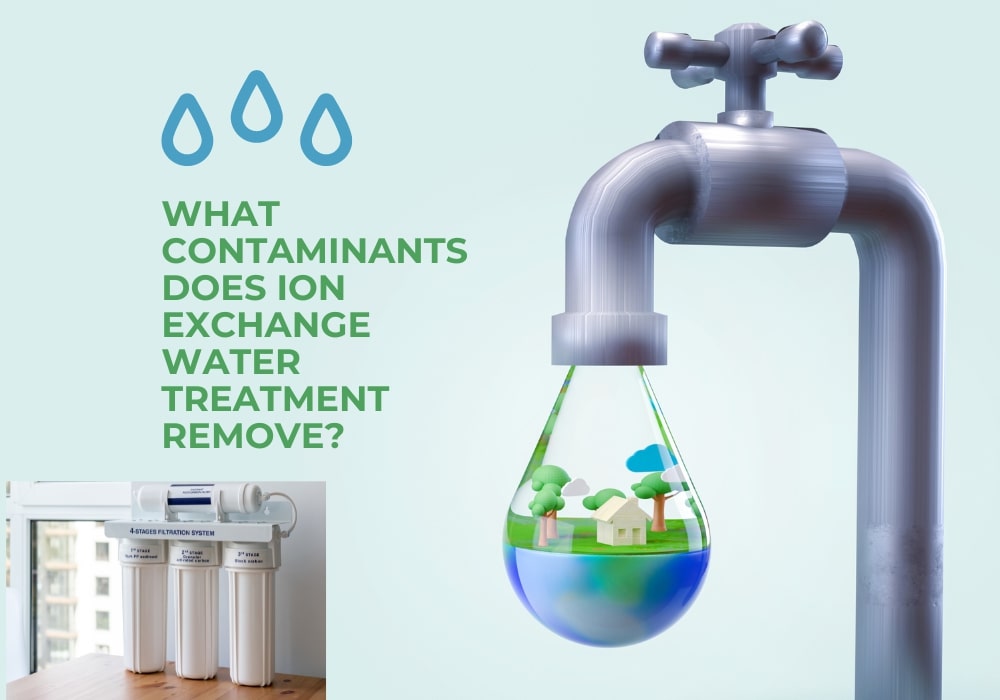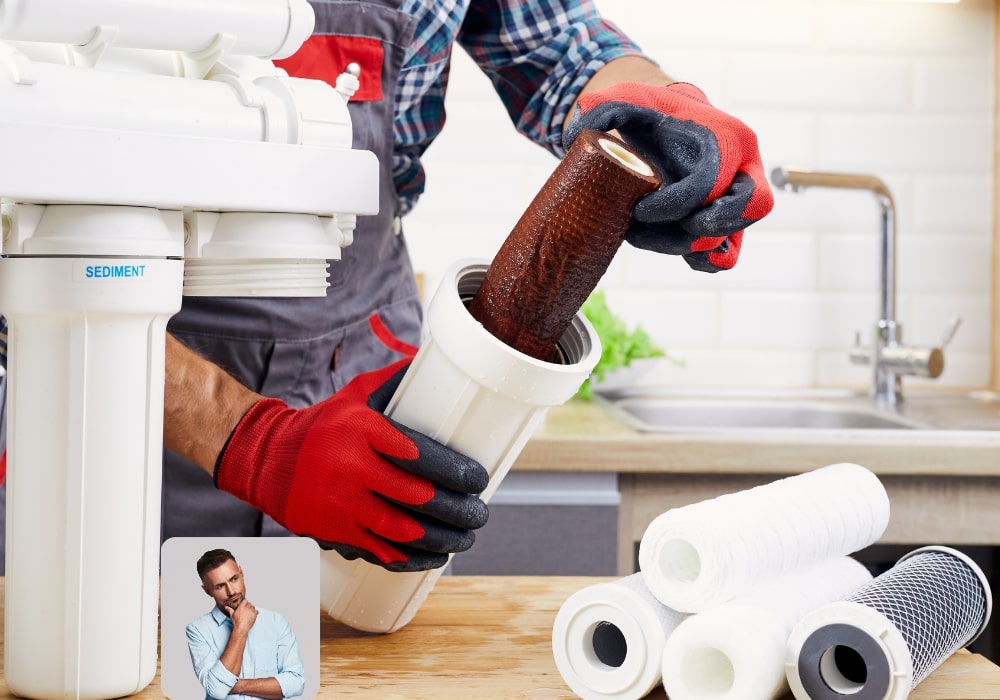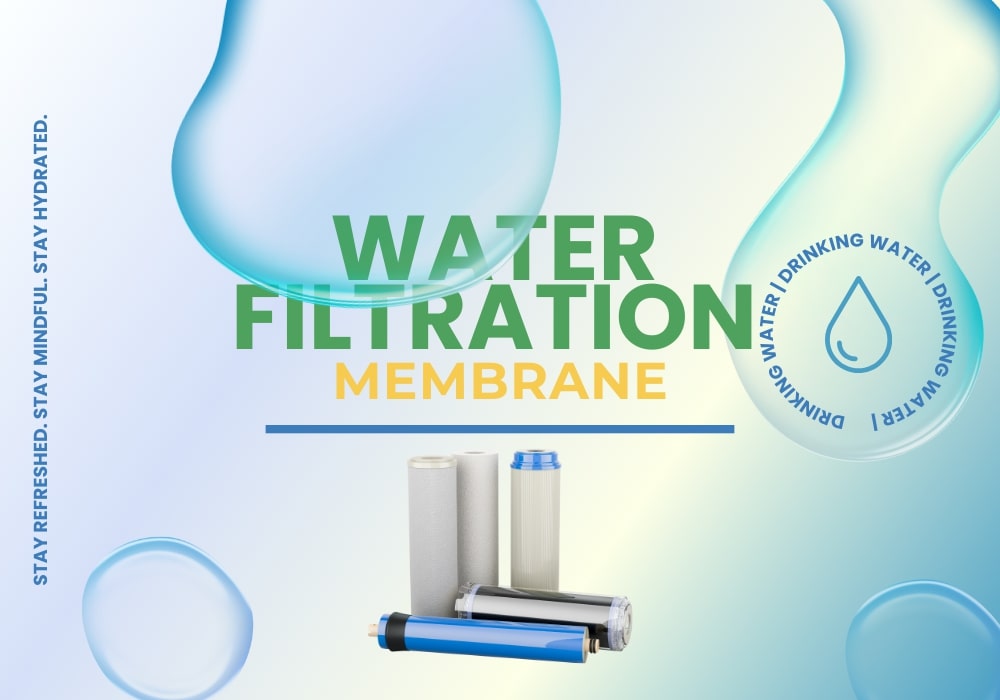Are Electronic Water Descalers Effective? Pros And Cons Explained
Most people have challenging water problems and seek an effective and low-maintenance solution. One popular option is the electronic water descaler, which promises to reduce scale buildup in pipes and appliances without chemicals or salt. But the big question remains: Are electronic water descalers effective? In this blog post, we’ll discuss how these devices work and explore the pros and cons of electronic water descalers. We’ll also help you decide if this is the right solution for your home. What Is Hard Water And Why Is It A Problem? Before we discuss electronic water descalers in detail, we must understand what hard water is and why it’s a problem. Hard water is characterized by its calcium and magnesium salt content, which results in limescale in pipes, faucets, and appliances. Over time, such scale formation can block the pipes, make equipment less efficient, and reduce the useful life of the equipment. In other words, hard water is no minor affliction; it can cause excellent home damage. What Is An Electronic Water Descaler? An electronic water descaler is a device that uses electromagnetic or radio frequency waves to alter the structure of the minerals in hard water, unlike traditional water softeners that rely on salt to remove calcium and magnesium, an electronic water descaler claims to prevent limescale from sticking to surfaces by changing the mineral particles so they don’t adhere as easily. How Do Electronic Water Descalers Work? These devices work by wrapping wires around your water pipes. The electronic water descaler then emits electromagnetic waves or electrical pulses that are supposed to alter the structure of the mineral particles in your water. The theory is that when these particles are modified, they no longer form hard deposits on your pipes and appliances. Do Electronic Water Descalers Work? The concept behind electronic water descalers is intriguing, and the effectiveness of these devices is a hotly debated topic. Some homeowners swear by them, claiming they’ve noticed a significant reduction in limescale buildup. Others, however, see little to no improvement and feel like they’ve wasted their money. Electronic Water Descaler Pros And Cons Now that we understand how these devices work, let’s examine the pros and cons of electronic water descalers. Pros Of Electronic Water Descalers No Need for Salt or Chemicals: Traditional water softeners require salt. An electronic water descaler does not. Low Maintenance: Once installed, these devices require very little attention. There’s no need to keep adding salt or other chemicals. Easy Installation: Most electronic water descalers are easy to install and can be set up in under an hour, even by someone with minimal DIY experience. Affordability: Electronic water descalers are generally more affordable than traditional water softeners. Compact Size: These devices are small and don’t require much space, making them ideal for homes with limited room. Cons Of Electronic Water Descalers Effectiveness is Inconsistent: As mentioned earlier, the efficacy of electronic water descalers can vary significantly from one home to another. No Reduction in Water Hardness: Unlike traditional softeners, these devices do not remove calcium or magnesium from your water. May Not Work for Extremely Hard Water: In cases of very high water hardness, more than an electronic water descaler may be required. Lack of Scientific Consensus: While some studies support using electronic water descalers, others need more benefits. Won’t Solve All Hard Water Problems: If your primary concern is soap scum or spotty dishes, an electronic water descaler might not be the best solution. How To Choose The Right Electronic Water Descaler If you’ve decided to give an electronic water descaler a try, there are a few factors to keep in mind: Brand Reputation: Stick to well-known brands with good customer reviews. Water Hardness Levels: If your water is tough, you may need a more powerful unit or an entirely different solution. Installation Requirements: Make sure the unit is compatible with your plumbing setup. Budget: While these devices are generally affordable, prices can vary. Always plan out your budget and adhere to it. Comparing Electronic Water Descalers To Traditional Water Softeners When comparing electronic water descalers to traditional water softeners, it’s important to note that they serve different purposes. Traditional softeners are best for those who want to remove hardness from their water, while electronic water descalers are a preventative solution to reduce scale buildup. Frequently Asked Questions About Electronic Water Descalers Are Electronic Water Descalers Effective? The effectiveness of electronic water descalers can vary depending on factors like water hardness levels, pipe material, and water flow. Can Electronic Water Descalers Replace Traditional Water Softeners? No, electronic water descalers do not remove minerals from your water. They are designed to prevent scale build-up but will not lower the hardness. How Do You Install An Electronic Water Descaler? Installation typically involves wrapping wires around your water pipes and connecting them to the descaler unit. It’s usually a simple DIY process. Do Electronic Water Descalers Require Maintenance? Once installed, electronic water descalers are generally maintenance-free, unlike traditional softeners that need regular salt refills. Should You Get An Electronic Water Descaler? whether an electronic water descaler is the right choice depends on your needs and expectations. It might be a better option if you’re looking for a low-maintenance, eco-friendly solution to reduce scale buildup. As with any home improvement decision, it’s essential to carefully weigh the pros and cons of an electronic water descaler before making your choice. How Do Electronic Water Descalers Work? Understanding how electronic water descalers work can be a bit confusing. These devices use electrical pulses to change how minerals behave in your water. Instead of clinging to pipes and appliances, the minerals stay suspended, reducing limescale buildup. It’s a simple process that doesn’t need chemicals or salt, making it a low-maintenance option. Are Electronic Water Descalers Worth The Investment? Investing in an electronic water descaler depends on what you need. It might be a good fit if you want to reduce scale buildup without the hassle of regular maintenance. They’re affordable and easy to install.


